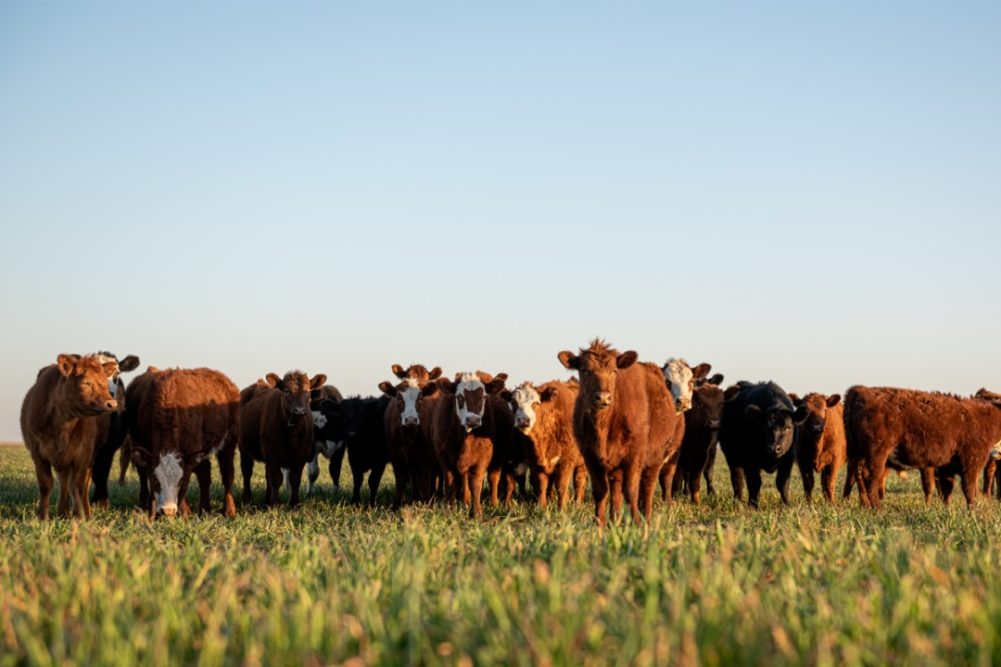CHESTERFIELD, MO. — A recent report from Rabobank highlights the need for resiliency in rebuilding the US cattle herd. With looming uncertainties like labor availability, sustainability commitments, legal challenges, regulatory burdens and other issues, Lance Zimmerman, senior animal protein analyst at Rabobank, stresses the need for adaptability within the industry.
The beef industry does not have a loss for demand; however, per capita supplies trends lower, elevating market prices.
“With demand on a solid foundation, the beef industry needs to build resiliency throughout the supply chain with the same intensity with which it built demand over the last three decades,” Zimmerman said.
US cow numbers and beef production have been trending in opposite directions for 50 years, according to Rabobank. Better genetics, nutrition and health management created industry-wide efficiency gains, leading to fewer cows but record-high beef production.
Rabobank expects higher consumer beef prices and cattle markets into 2026. This outlook rests on the condition of a sustained, steady period to lower costs and incentivize producers for a multiyear herd rebuild.
Zimmerman named drought the biggest issue for US cattle management over the past two decades. He anticipates that the industry will be challenging over the next several years.
He encouraged cattle producers to rebuild with a more efficient and drought-resilient cow herd over the next ten years.
Rabobank believes herd liquidation is ending after three years of aggressive culling and that cattle producers can now focus on herd rebuilding with the youngest, most productive cows remaining.
With prices trending higher and margin uncertainty, Zimmerman does not see aggressive herd growth — such as that experienced from 2014 to 2019 — likely. The best-case scenario remains herd stabilization in 2024 and rebuilding by 2025, according to the report.
“Expect a slower, weaker cow herd rebuild in the next cattle cycle,” Zimmerman said.
Rabobank believes the key to addressing a successful herd rebuild is a more vertically coordinated supply chain.
“The US beef industry needs to explore supply chain solutions that allow for collaboration across segments and share the opportunity and burden of shifting market fundamentals and consumer demands more equally among all participants,” Zimmerman said.
Zimmerman explained how that involves transitioning from a commodity mindset to a collaborative approach where production risk, value creation and market positioning are shared functions among all participants.
A challenge for the US beef industry is finding a balance between cow numbers and packing capacity. US cattle numbers are at lows last seen in 1952, while the processing segment continues to expand. Investors are currently building an estimated 12,000 head in weekday packing capacity that will be operational within two to three years.
A trend toward increased government involvement remains, noted Zimmerman. Focusing on lobbying, coalition building, and grant writing can have a net positive return in building beef supply chain resiliency.


